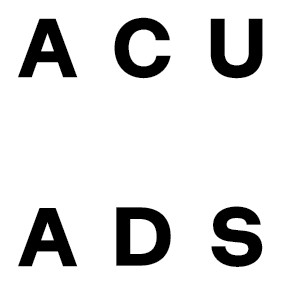This paper offers an approach of relational, iterative pedagogy with an emphasis on decolonisation. Learning experiences were captured as part of a novel studio model, which was designed during the first COVID lockdown in Naarm/Melbourne, at RMIT University in 2020. The two design education studios (virtual and blended) within the Communication Design program took place on the unceded lands of Naarm/Melbourne and in Singapore, conducted successively and designed with a focus on relational knowledge generation in response to place through iterative, decolonising, material discovery.
What struck the author – and studio facilitator – most, after her recent experience of co-designing and co-facilitating a Reconciliation pilot for corporate businesses called Bundyi Girri for Business, was the way in which the design students were able to explore how they might respond to Indigenous sovereignty through reflective design practices of being in relation to Indigenous sovereignty, redirecting their initial tendencies to ‘otherise’ or ‘Indigenise’ through iterative material designing.
The work of facilitating this studio was not just about shifting the studio lead’s binary likeness of a white-middle-class subject position out of the corporate environment and into the virtual design student setting. The novel studio model needed to be transformed from a physical study tour of ‘Melbourne—Kulin’ to a virtual experience of place. This paper identifies some of the student learning experiences of developing decolonised narratives and the intercultural design relations that resulted from this novel virtual setting.
